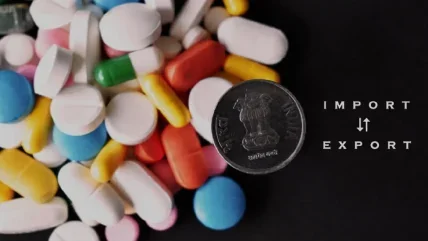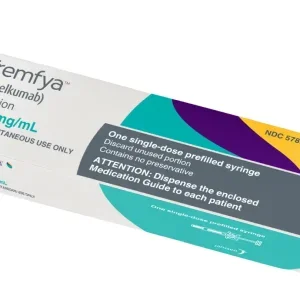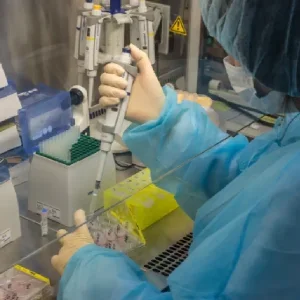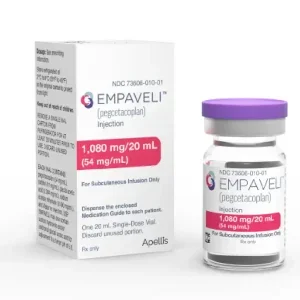
US President Donald Trump, at a National Republican Congressional Committee event, announced the government’s plans to impose major tariffs on pharmaceutical imports.
The move aims to encourage pharmaceutical firms to relocate their operations to the US.
The tariff, part of a broader strategy to enhance domestic production, will be enacted using section 232 powers, although a formal investigation has not yet commenced.
Previously, the Trump administration had excluded pharmaceuticals and semiconductors from its reciprocal tariff policy.
However, the new tariff reflects Trump’s ongoing concern over the lack of pharmaceutical manufacturing in the US and his commitment to expand domestic capacity.
The administration has already imposed 25% tariffs on steel, aluminium, and automobiles, with plans to extend these to copper.
Trump, at a fundraising gala for House Republicans, said: “We are going to be announcing very shortly a major tariff on pharmaceuticals.
“Once we do that, they’re going to come rushing back into our country, because we’re the big market. The advantage we have over everybody is that we’re the big market.”
The introduction of tariffs on pharmaceutical imports could significantly impact India, a major supplier of medicines to the US.
In 2022, Indian pharmaceutical exports to the US were valued at $12.72bn, making it India’s largest industrial export sector.
Indian companies supplied four out of every ten prescriptions filled in the US, saving the US healthcare system $219bn in 2022 alone.
Over the next five years, Indian generics are projected to save the US an additional $1.3tn.
According to experts, higher tariffs could increase production costs for Indian drug manufacturers, reducing their price competitiveness compared to other countries.
The US recently imposed a 26% reciprocal tariff on Indian goods, citing high import duties on American products by New Delhi.
In addition to pharmaceuticals, the Trump administration has pledged to introduce tariffs on other sectors, including lumber and semiconductor chips.






